It’s easy to get bogged down in the heated topic of the moment, but educators must stay laser-focused on their primary goal: preparing students for successful futures.
“We can’t wait and get caught in the mire of everything that is going on in our communities — these discussions about what’s happening in the political realm,” said Kristine Gilmore, AASA’s associate executive director of the Leadership Network. “Our kids need to have us be that springboard into the future.”
Gilmore, who also served as a superintendent for 19 years at D.C. Everest Area School District in Schofield, Wis., was speaking at a Friday afternoon session at the AASA national conference titled “Future-Driven Schools: Innovating Education for Our Student’s Tomorrow.” She was joined by Bill Daggett, executive chair of the Successful Practices Network and the National Dropout Prevention Center.
Gilmore and Daggett highlighted the importance of equipping students with future-relevant skills and focusing on practical skills for real-life application. The impact of artificial intelligence played a central role in the conversation.
Only 41 percent of graduates are employed in jobs requiring a higher education. And a disconnect is growing between the focus of instructional programs and the skills, knowledge and attributes needed in the workplace and society, the presenters said. With future workforce projections exceeding the current labor shortage, it highlights concerns about educational attainment rates and their impact on future needs. One of the ways to help with that is AI.
“We are focusing on content, what students know, working as individuals and seeing AI as a threat,” Daggett said. “The workforce is looking for skills, how students apply what they know, how to work in teams and seeing AI as a solution.”
AI's growing capabilities also extend to the classroom, including essay writing, video creation and communication. AI can help teachers create lesson plans and develop more engaging curriculum, the presenters said.
Kids will use AI whether educators implement it or not, so they might as well embrace it and make it better, Daggett said. “We've got to stop simply thinking about delivering instruction and more managing learning, using the technology to help us.”
(Ecoi Lewis, a graduate student in the marketing and communications program at Loyola University New Orleans, is a reporter forConference Daily Online.)


